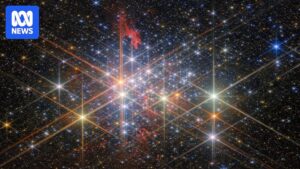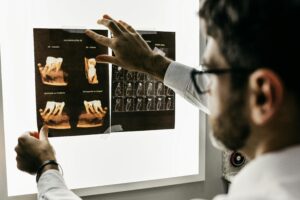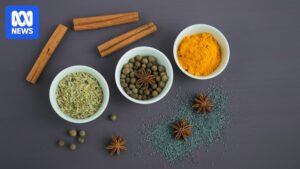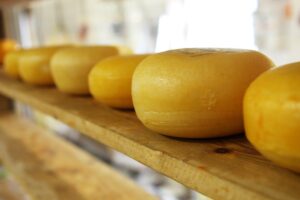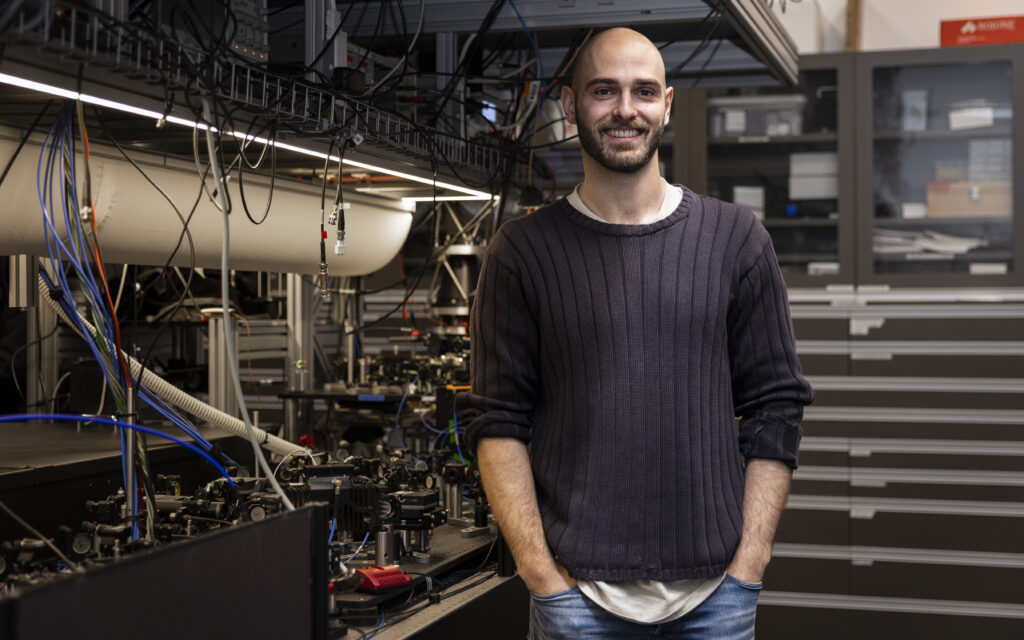
Physicists from Australia and Britain have achieved a groundbreaking advancement in quantum mechanics, effectively navigating the constraints of the Heisenberg uncertainty principle. This development, detailed in the journal Science Advances, could pave the way for ultra-precise sensor technology with applications in navigation, medicine, and astronomy.
The Heisenberg uncertainty principle, a cornerstone of quantum mechanics introduced in 1927, asserts that certain pairs of properties, such as a particle’s position and momentum, cannot be simultaneously measured with unlimited precision. This inherent trade-off has long posed a challenge for scientists seeking to enhance measurement accuracy.
However, a team led by Dr. Tingrei Tan from the University of Sydney Nano Institute and School of Physics has demonstrated a novel approach to this dilemma. By engineering a different trade-off, they have managed to measure both position and momentum with unprecedented precision.
Reimagining Quantum Uncertainty
Dr. Tan likens the concept of uncertainty to air in a balloon: “You can’t remove it without popping the balloon, but you can squeeze it around to shift it. That’s effectively what we’ve done. We push the unavoidable quantum uncertainty to places we don’t care about, allowing us to measure the fine details more precisely.”
The researchers employed the analogy of a clock to elucidate their findings. Imagine a clock with only one hand; if it’s the hour hand, you can determine the hour but not the precise minute. Conversely, if it’s the minute hand, you can read the minutes accurately but lose track of the hour. This ‘modular’ measurement sacrifices some global information for finer detail.
“By applying this strategy in quantum systems, we can measure changes in both position and momentum of a particle far more precisely,” explained Dr. Christophe Valahu, first author from the Quantum Control Laboratory team at the University of Sydney. “We give up global information but gain the ability to detect tiny changes with unprecedented sensitivity.”
Quantum Computing Tools for Enhanced Sensing
The theoretical framework for this strategy was proposed in 2017, but Dr. Tan’s team has now provided the first experimental demonstration. Utilizing a technological approach initially developed for error-corrected quantum computers, they have repurposed these ideas for sensing applications.
Professor Nicolas Menicucci, a theorist from RMIT University, highlighted the crossover from quantum computing to sensing: “Ideas first designed for robust quantum computers can be repurposed so that sensors pick up weaker signals without being drowned out by quantum noise.”
The team implemented their sensing protocol using the tiny vibrational motion of a trapped ion, akin to a quantum pendulum. By preparing the ion in “grid states,” a type of quantum state originally developed for quantum computing, they demonstrated that both position and momentum could be measured with precision beyond the ‘standard quantum limit’ achievable by classical sensors.
“We haven’t broken Heisenberg’s principle. Our protocol works entirely within quantum mechanics,” stated Dr. Ben Baragiola, co-author from RMIT. “The scheme is optimized for small signals, where fine details matter more than coarse ones.”
Implications and Future Prospects
The ability to detect extremely small changes holds significant promise across various fields. Ultra-precise quantum sensors could enhance navigation in GPS-free environments like submarines, improve biological and medical imaging, monitor materials and gravitational systems, and probe fundamental physics.
While still in the laboratory stage, this experiment lays the groundwork for future sensing technologies aimed at measuring tiny signals. Rather than replacing existing methods, it adds a complementary tool to the quantum-sensing arsenal.
“Just as atomic clocks transformed navigation and telecommunications, quantum-enhanced sensors with extreme sensitivity could enable whole new industries,” said Dr. Valahu.
A Collaborative Effort
This project exemplifies the power of collaboration, uniting experimentalists at the University of Sydney with theorists from RMIT, the University of Melbourne, Macquarie University, and the University of Bristol. It underscores how cross-institutional and international cooperation can accelerate scientific progress and strengthen Australia’s quantum research community.
Dr. Tan emphasized the importance of collaboration: “This work highlights the power of collaboration and the international connections that drive discovery.”
The research, titled “Quantum-enhanced multi-parameter sensing in a single mode,” is published in Science Advances (2025) under DOI: 10.1126/sciadv.adw9757. The researchers declare no competing interests, with funding from various international and national agencies.
Main image caption: Lead author Dr. Christophe Valahu in front of the ion trap in the Quantum Control Laboratory used in this experiment. Photo: Fiona Wolf/University of Sydney.

